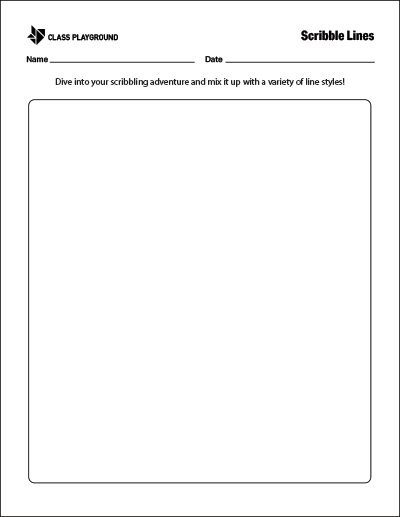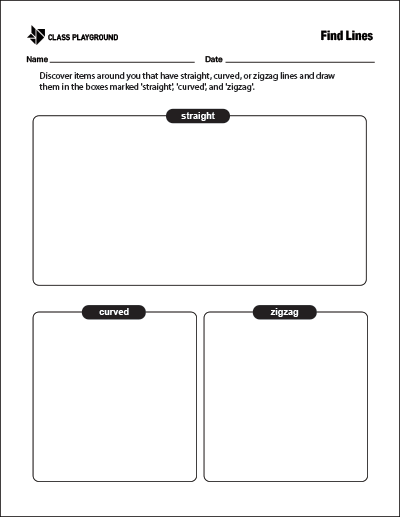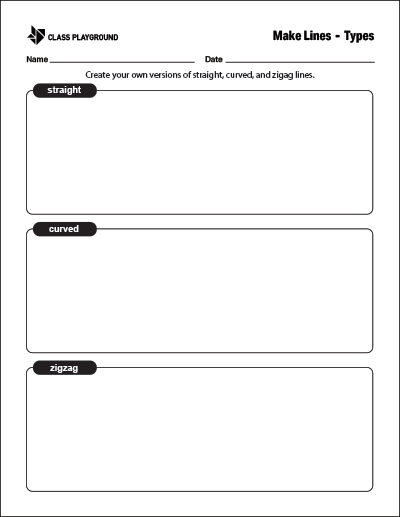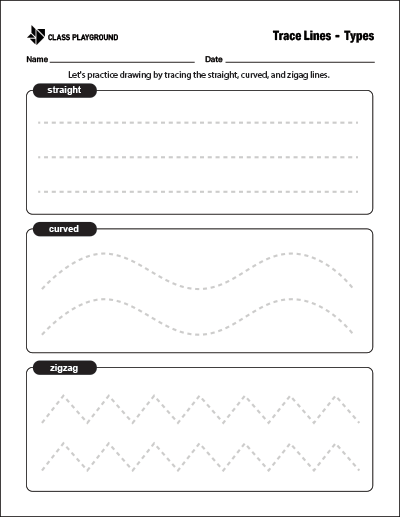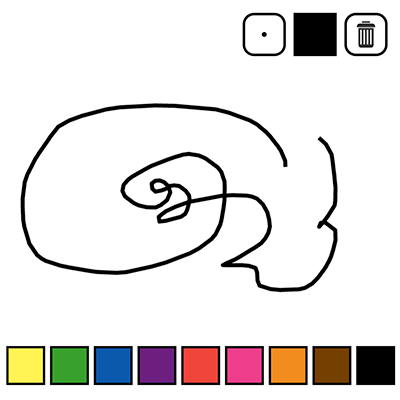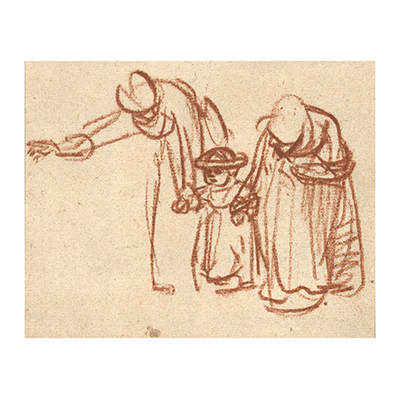What Are Lines in Art?
Line is one of the most basic elements of visual art. Artists use lines to create shapes, suggest movement, and communicate emotion. Lines can be long or short, thick or thin, straight or curved. They form the foundation of sketching and are often the starting point for more complex works of art.
Why Teach Line Art?
Learning how to draw with lines helps students sharpen their observation skills, improve hand-eye coordination, and build fine motor control. It also gives them the confidence to experiment creatively while laying a strong foundation for future art techniques. Exploring interactive drawing tools can also make practice more engaging.
Strategies for Teaching
- Introduce Types of Lines: Begin with the basics — straight, curved, wavy, zigzag, dotted, and dashed. Use real-world examples, like the straight edge of a ruler or the curved arch of a rainbow, to make the concept relatable.
- Demonstrate Technique: Show students how to draw with light versus heavy pressure, and how to use rulers or freehand sketching. Modeling helps them understand the variety of effects lines can create.
- Encourage Experimentation: Provide pencils, crayons, markers, or paintbrushes and let students explore. Each tool creates different textures and styles of line work.
- Apply Lines in Projects: Have students design landscapes with horizontal and vertical strokes, or create abstract pieces with zigzags and waves. These projects make the learning process fun and practical.
- Show Artistic Examples: Share artworks where lines are used in unique ways. For inspiration, students can try playful tools like Doodle Picasso or Doodle Rembrandt.
Activities with Lines
- Tracing Practice: Give students worksheets such as Trace Line Types or Trace Line Direction to practice precision and control while becoming familiar with different line styles.
- Collaborative Sketch: Start a large drawing and let each student add a section of lines. The finished piece becomes a classroom abstract artwork full of creativity.
- Blind Contour Exercise: Ask students to draw an object without looking at their paper. This boosts observation skills and emphasizes the continuous flow of lines.
- Line Art Games: Simple games like “connect the dots” or “complete the picture” show how lines combine to form recognizable shapes and patterns.
- Emotional Expression: Students can use a worksheet like Emotional Lines to explore how line quality conveys feelings — sharp zigzags for excitement, or soft curves for calmness.
By blending structured lessons, playful exploration, and printables such as Scribble Line or Find Line, teachers can help students master the art of drawing with lines while keeping learning fun and engaging.

